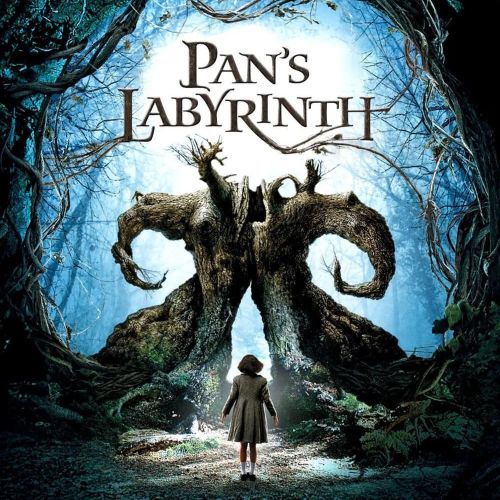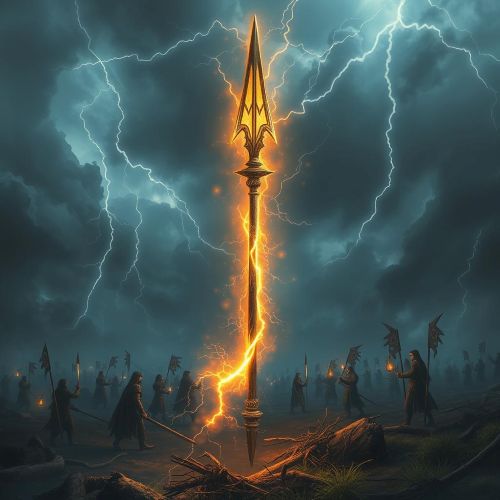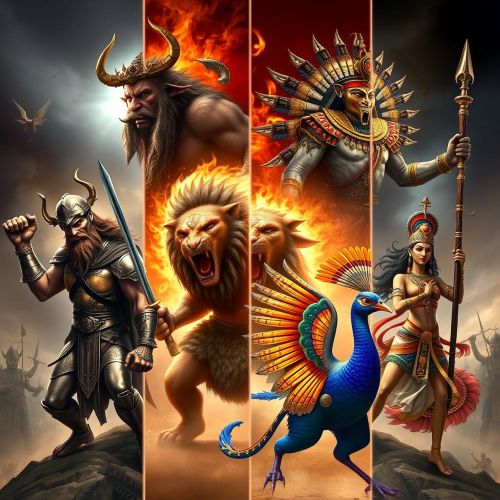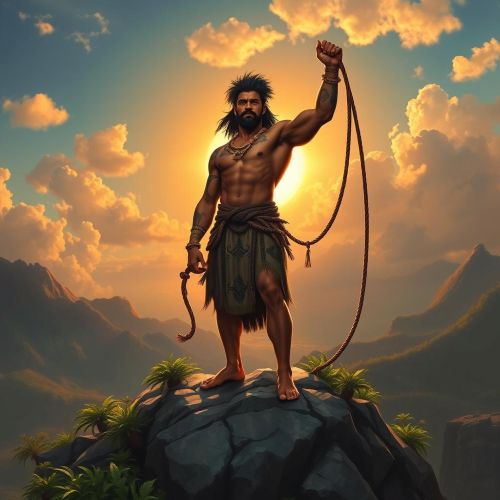Exploring the Enigmatic Diwata in Philippine Mythology
These diwatas, deeply embedded in the rich cultural heritage of the Philippines, are elemental beings who wield a profound influence over the natural world, the heavens, and even the human realm. In this blog, we will dive deep into the enigmatic world of diwatas, uncovering their origins, significance, and the enduring impact they have on the Filipino psyche.
The Origins of Diwatas
Diwatas, also spelled as “diwatà,” have their roots deeply intertwined with the indigenous belief systems of the Philippines. These mystical beings are considered as ethereal guardians and enchanting spirits, often closely associated with the elements, the flora and fauna, and the unseen forces that shape the natural world.
One theory suggests that the concept of diwatas finds its roots in the pre-colonial animistic traditions of the Philippines. Long before the arrival of Spanish colonizers, indigenous people across the archipelago venerated these supernatural entities, connecting them to specific natural elements. Water diwatas, for instance, were believed to reside in rivers and lakes, while forest diwatas were linked to the lush, verdant forests of the islands.
The Significance of Diwatas in Philippine Mythology
The diwatas hold a profound significance in Philippine mythology. They are often revered and appeased for various reasons, including bountiful harvests, protection from natural disasters, and ensuring the welfare of communities. Filipinos have a strong belief that these mystical spirits have the power to either bless or curse, depending on how they are treated.
One of the most well-known diwatas is Maria Makiling, who is believed to reside in the enchanting Mount Makiling in Laguna. She is often depicted as a beautiful, ethereal woman, with tales telling of her protecting the forest and its inhabitants. However, Maria Makiling is also known to be capricious, sometimes causing harm to those who invade her domain or fail to show respect.
Diwatas in Filipino Folklore
The diwatas have left an indelible mark on Filipino folklore and storytelling. Many traditional stories and legends feature these enchanting spirits as central characters. These tales often explore themes of respect for nature, the consequences of greed, and the balance between humans and the natural world.
One famous story is that of Mariang Sinukuan, a diwata associated with Mount Arayat in Pampanga. In this legend, she is portrayed as a protector of the mountain and its resources, while also serving as a symbol of unity and identity for the people of Pampanga.
The Modern Influence of Diwatas
Even in the modern Philippines, the concept of diwatas continues to play a significant role in the cultural and spiritual life of the people. While the country is predominantly Christian due to centuries of Spanish colonization, there are still traces of indigenous beliefs and practices that are interwoven with Catholicism. Diwatas, for many, represent a harmonious blend of these different spiritual traditions.
Many Filipinos, especially those in rural areas, continue to offer prayers and offerings to diwatas before embarking on journeys, planting crops, or building homes. These traditions showcase the enduring respect and reverence for these mystical beings, ensuring their place in the contemporary Filipino consciousness.
Diwata in the Arts and Culture
The diwatas also hold a prominent place in Philippine arts and culture. From the visual arts to literature and even contemporary music, these enchanting spirits have inspired countless artists and creators to depict their beauty and power.
In the world of literature, diwatas have often been the subject of poetry and fiction. Writers and poets draw from the mystique and allure of these beings to weave captivating stories and verses that resonate with Filipinos and international audiences alike. Additionally, the traditional costumes and dances that often depict diwatas have become an integral part of Filipino cultural presentations and celebrations.
The Environmental Connection
With the growing awareness of environmental conservation, the significance of diwatas in Philippine culture takes on new relevance. The belief in diwatas underscores the Filipinos’ deep connection to nature and their traditional wisdom about its preservation.
As more Filipinos become aware of the threats to their natural environment, the concept of diwatas serves as a reminder of the sacredness of the land, water, and forests. It is not uncommon to see environmental activists and advocates drawing from indigenous beliefs and invoking the spirits of the land and water, urging people to respect and protect these vital resources.
Conclusion
In the rich tapestry of Philippine mythology, diwatas stand as ethereal guardians of the natural world, mysterious and enchanting in their influence. They serve as a link between the spiritual and material realms, embodying the ancient wisdom of the Filipino people. In their enduring presence in Filipino culture, diwatas continue to inspire reverence, storytelling, and a profound connection to the environment. As the Philippines moves forward, modern society still finds harmony with these ancient spirits, reminding us all of the importance of respecting and preserving the natural world, a lesson drawn from the age-old wisdom of the diwatas.








